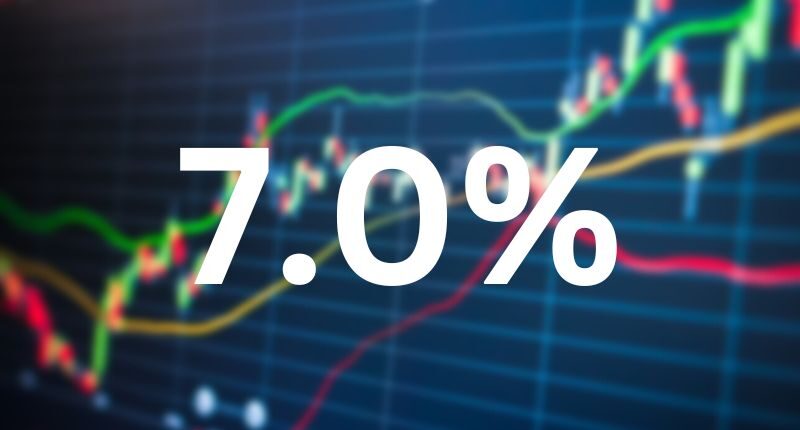
- The quarterly rise is 1.4%
- 7% is the annual rise in CPI
- The monthly indicator rose 6.3%
The Australian Bureau of Statistics (ABS) has today released the March Quarter and Monthly Consumer Price Index (CPI).
CPI rose 1.4% in the March 2023 quarter, up 7.0% annually, and the monthly indicator rose 6.3% in the 12 months to March; the previous monthly indicator showed an annual rise of 6.8% in February and 7.4% in January.
“CPI inflation slowed in the March quarter, with the quarterly rise being the lowest since December 2021. While prices continued to rise for most goods and services, many of these increases were smaller than they have been in recent quarters,” said ABS head of prices statistics, Michelle Marquardt.
All groups CPI, Australia, quarterly movement (%)

Source: Australian Bureau of Statistics, CPI rose 1.4 per cent in the March 2023 quarter 26/04/2023
Encouraging, but rentals do it tough
Master Builders Australia (MBA) chief economist Shane Garrett observed there were encouraging signs, as new home purchase costs saw significant deceleration.
“Previously, this had been one of the biggest sources of inflation pressures,” said Garrett.
“It shows that further efforts to reduce the cost of creating new homes will have much wider benefits in terms of dampening inflation.”
Unfortunately, however, the rental market recorded some disappointing figures.
“Less favourably, rental inflation surged to 4.9% and is now rising more quickly than at any time since 2009,” said Garrett.
“Higher interest rates have contributed to worsening rental costs as many landlords have passed mortgage interest increases on to tenants,” said Garrett.
Master Builders Australia CEO Denita Wawn said shortages in the rental market have been exacerbated by the limited number of higher-density homes built over recent years.
“Medium and high–density home building is much more sensitive to interest rate fluctuations.
“In addition to higher interest rates, supply of new housing continues to be impeded by a range of factors including insufficient supply of titled residential land, high developer charges, inflexible planning laws, ongoing community opposition to development and long lead times for delivering new supply.
“For many builders and developers, initiating large-scale home building projects in the current environment is simply too risky. Governments need to act to address this major problem.
“The Housing Accord will assist with national coordination to boost housing supply, but we can’t wait until 2024; state action is needed now,” said Wawn.
Quarterly inflation driven by medical costs and gas
The most significant contributors to the quarterly rise included:
- Gas and other household fuels, up 14.3%
- Tertiary education, up 9.7%
- Domestic holiday travel and accommodation, up 4.7%
- Medical and hospital services, up 4.2%
“Prices for medical and hospital services typically rise in the March quarter as GPs and other health service providers review their consultation fees, and the Medicare Safety Net is reset at the start of the calendar year. This year some private health insurance premiums also increased in January, adding to the price rise for medical and hospital services,” said Marquardt.
“Tertiary education fees are also indexed at the start of the year. This quarter additional strength was seen in tertiary education as changes in student contribution bands and fees introduced in 2021 as part of the Jobs-ready Graduates Package continued to flow through to the index.”
Putting food on the table also became more expensive, food prices saw a 1.6% rise, with fruit and vegetables up 2.4% and snacks and confectionary up 4.1%.
“Potato shortages due to wet weather in key growing regions late last year led to price rises for both potato crisps and frozen potato products, while higher edible oil and packaging prices also contributed to the rise for a range of snack products,” said Marquardt.
“Fruit prices rose due to damaging weather in apple and avocado growing regions late in 2022, as well as typical seasonal rises for apples and citrus.”
Some areas did see falls, including international holiday travel and accommodation (-8.2%), furniture (-4.6 per cent), major and small appliances (-3.8 per cent and -3.6 per cent) and clothing (-3.2 per cent).







